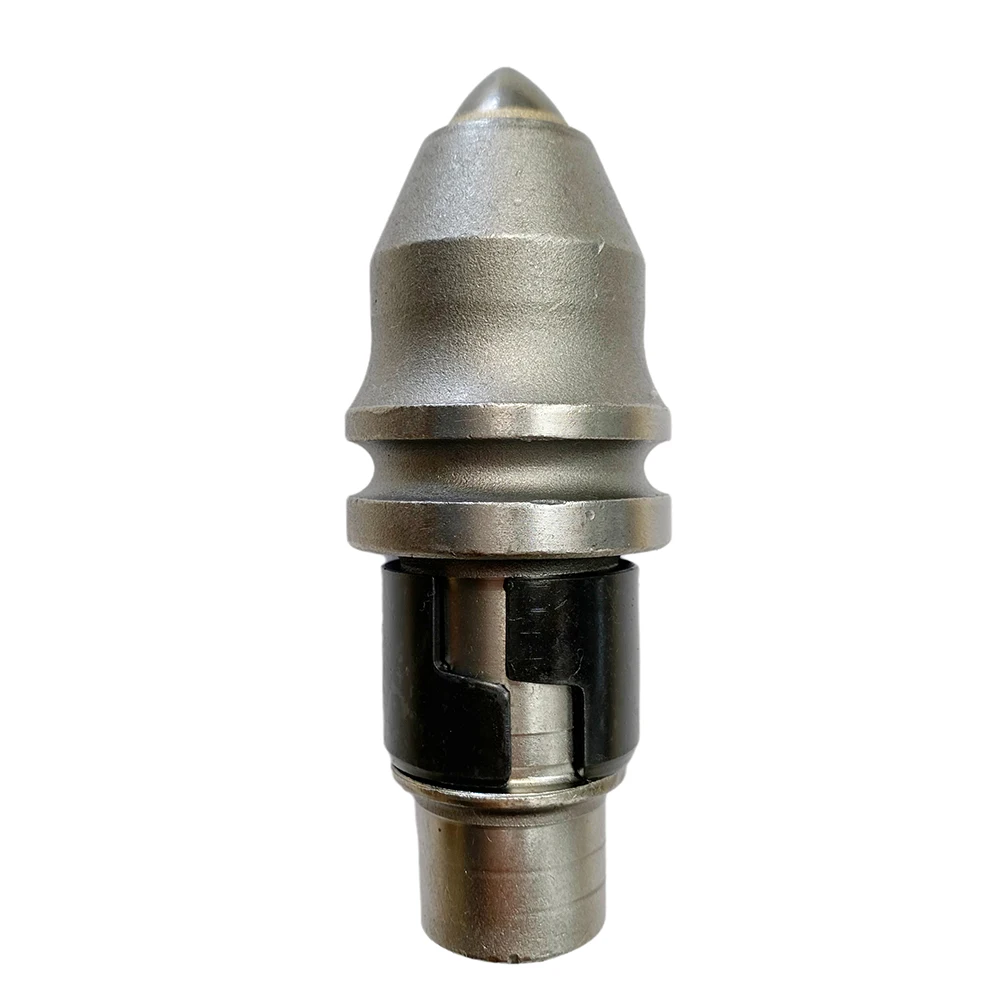Inspection and Routine Maintenance to Extend Bullet Teeth Life
Post-Use Inspection: Identifying Early Signs of Wear and Damage
Starting each maintenance routine with a good visual check makes all the difference. When looking at tungsten carbide tips, watch out for any fractures or uneven wear spots deeper than 2 mm. Once wear gets past this point, cutting performance plummets around 60%, which nobody wants to deal with during production runs. For the steel parts, inspect them carefully for bends, cracks forming near those brazed joints, or rust building up on the threads. According to some industry research from Pile Projects back in 2023, shops that do these daily checks cut down on unexpected tool changes by roughly 40%. Always grab those precision calipers when measuring tip wear and keep records straight so patterns become obvious over time. This simple habit saves money and headaches in the long run.
Cleaning Procedures for Optimal Performance
Get rid of all the dirt, grime, and metal bits right away after finishing work with a good stiff brush and some degreaser. Don't go crazy with pressure washers since they tend to push junk deep inside where it belongs and can mess up those important seals. Better idea? Grab a cloth soaked in solvent and give everything a thorough wipe down. Let everything dry completely in the air before putting anything away for later. Tools that stay clean just work better overall and make spotting problems much simpler down the road. Nobody wants to deal with rust buildup or worn parts hiding under layers of gunk when inspections come around.
Lubrication Best Practices to Prevent Corrosion
Apply a light coating of anti-corrosion lubricant to threaded connections and moving parts after each cleaning. This prevents moisture ingress and reduces galling during assembly. Use only manufacturer-recommended lubricants compatible with the tool’s metallurgy. Over-lubrication attracts dirt and creates buildup, so apply sparingly and evenly.
Proper Storage Techniques to Minimize Environmental Damage
Bullet teeth should be stored upright in their proper racks with those protective caps snug over the threads so nothing gets damaged. They need to live somewhere where the air isn't too damp or loaded with chemicals, and definitely away from places where temperatures swing wildly. It's important to keep old tools separate from brand new ones for safety reasons and to track what's been used when. When stored correctly, these tools last much longer and stay strong enough for all sorts of jobs down the road.
Scheduled Replacement and Rotation Strategies
Instead of waiting until something breaks down, companies should set up a rotation plan that takes into account how many hours each tool has been used plus signs of wear. Spread out the workload so no single tool gets overworked while others sit idle. When those tungsten carbide tips start showing more than about 2 millimeters of wear or begin to crack, they need replacing right away. Putting off replacements puts extra strain on nearby parts and makes holes come out crooked. Sticking to this kind of maintenance routine keeps everything running smoother day after day and actually saves money in the long run because there are fewer unexpected breakdowns and replacements.
Training and Documentation for Consistent Maintenance
All operators need to go through proper training covering inspection methods, how to handle equipment correctly, and what maintenance steps are required. We should keep thorough records for every tool showing when it was used last, how much wear we've measured over time, and details about past servicing. These logs aren't just paperwork they actually make our maintenance schedule smarter and let us spot problems before they become major headaches. When everyone follows documented procedures consistently, it creates a culture where people take responsibility for their work and stick to established standards across the whole team.
FAQ
What signs indicate bullet teeth need inspection?
Fractures, uneven wear spots deeper than 2 mm, bends, cracks near brazed joints, and rust on threads are indicators that inspection is needed.
How should bullet teeth be cleaned?
Use a stiff brush and degreaser for dirt removal, and avoid pressure washers. Applying solvent and air drying ensures optimal cleaning.
Which lubricant is suitable for bullet teeth maintenance?
Use manufacturer-recommended anti-corrosion lubricants compatible with the tool’s metallurgy to prevent moisture and galling.
What’s the best storage method for bullet teeth?
Store bullet teeth upright in racks with protective caps, in environments that aren't damp or chemically loaded, to minimize damage.
How does a rotation plan benefit tool maintenance?
A rotation plan helps distribute workload evenly and ensures timely replacement of worn or cracked tungsten carbide tips.
Why is training and documentation important?
They ensure proper inspection and handling, maintain accurate tool records, and establish consistent maintenance practices across teams.
Table of Contents
-
Inspection and Routine Maintenance to Extend Bullet Teeth Life
- Post-Use Inspection: Identifying Early Signs of Wear and Damage
- Cleaning Procedures for Optimal Performance
- Lubrication Best Practices to Prevent Corrosion
- Proper Storage Techniques to Minimize Environmental Damage
- Scheduled Replacement and Rotation Strategies
- Training and Documentation for Consistent Maintenance
- FAQ


